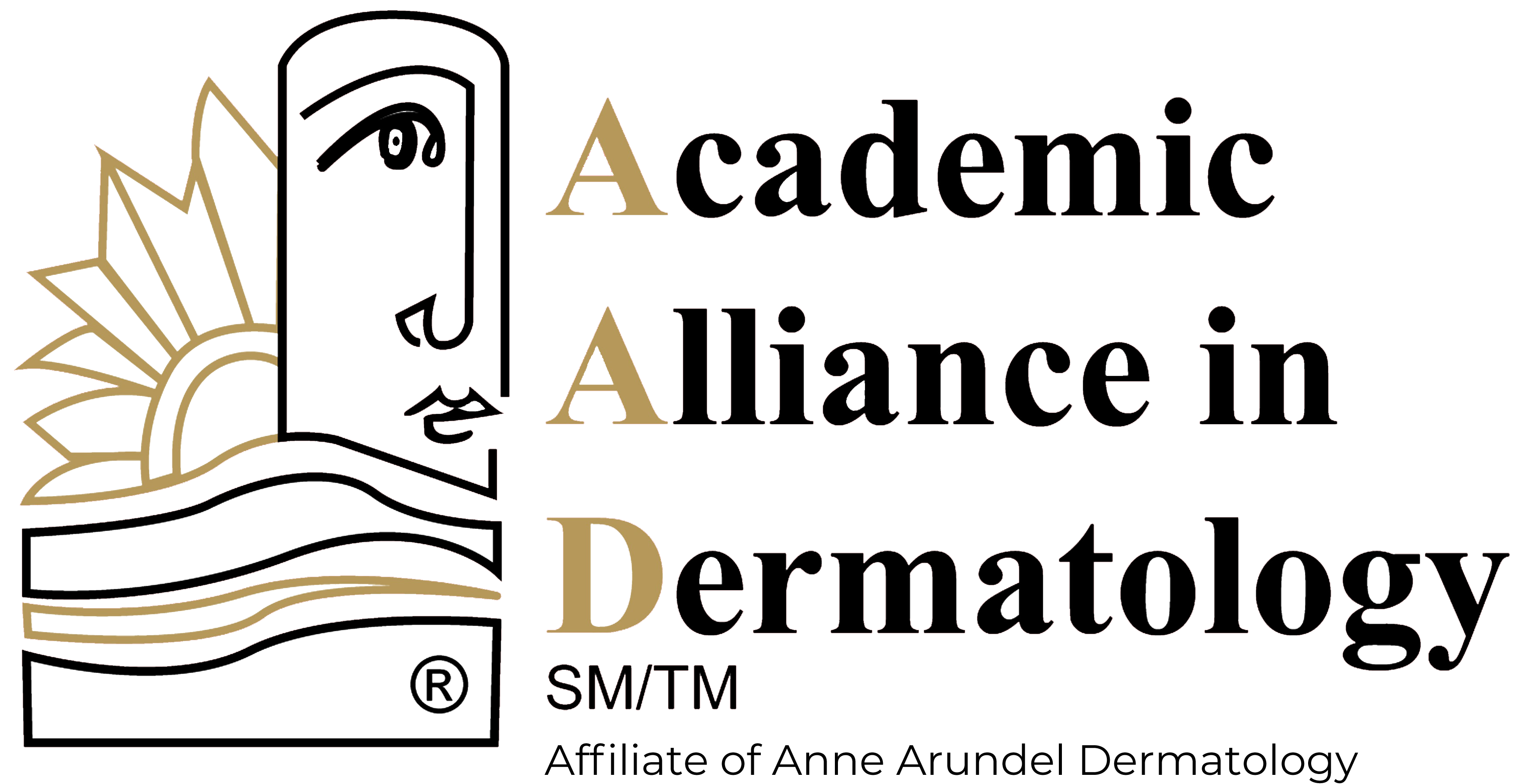Rosacea: Causes and Treatments
Rosacea is a common, chronic inflammatory skin condition. It causes flushing and redness from the center of the face with large visible blood vessels. It can also cause small, red, pus-filled bumps along the affected area.
Rosacea most commonly affects middle-aged women with fair skin, though it can occur in a variety of other demographics. It tends to recur in flare-ups and cycles, meaning that you may experience symptoms for weeks or months at a time before it goes away and returns again.
Causes of Rosacea
The exact cause of rosacea isn’t fully understood, but researchers believe there are some familial or genetic factors involved. People with rosacea may notice that flare-ups occur after certain activities. These triggers may include:
- Stress
- Sunlight
- Certain foods
- Alcohol
- Hot beverages
- Extreme temperature fluctuations
Treatments for Rosacea
Preventative Methods
The most common treatment for rosacea centers around avoiding any of the above triggers that may exacerbate the condition. Sun protection is another effective preventative strategy. Academic Alliance in Dermatology (AAD) has a variety of effective sunblocks available in our offices, including Sunforgettable Total Protection SPF 50 (4 different shades), Alastin (Hydratint), SkinCeuticals (Fusion and Sheer) as well as Obagi (Physical Defense SPF 50 or 40).
Medical and Cosmetic Methods
Medical treatments include topical anti-inflammatory agents as well as systemic antibiotics, such as doxycycline and minocycline. Cosmetic therapies may also help alleviate the appearance of rosacea.
Intense Pulsed Light (IPL), Broadband Based Light (BBL) and Pulsed Dye Lasers can all help treat the fine red blood vessels (erythema and telangiectasias) associated with rosacea. These cosmetic treatments are available at the AAD offices.
Treatment for Phymatous Rosacea
Phymatous rosacea is characterized by enlargement of the sebaceous glands and chronic edema and swelling leading to rhinophyma. It causes thickening of the skin and enlargement of the pores of the nose, chin and forehead. This form of rosacea can be improved with the fractional Carbon Dioxide Laser (CO2-RE) at the Aesthetic center at AAD’s Kennedy location.

